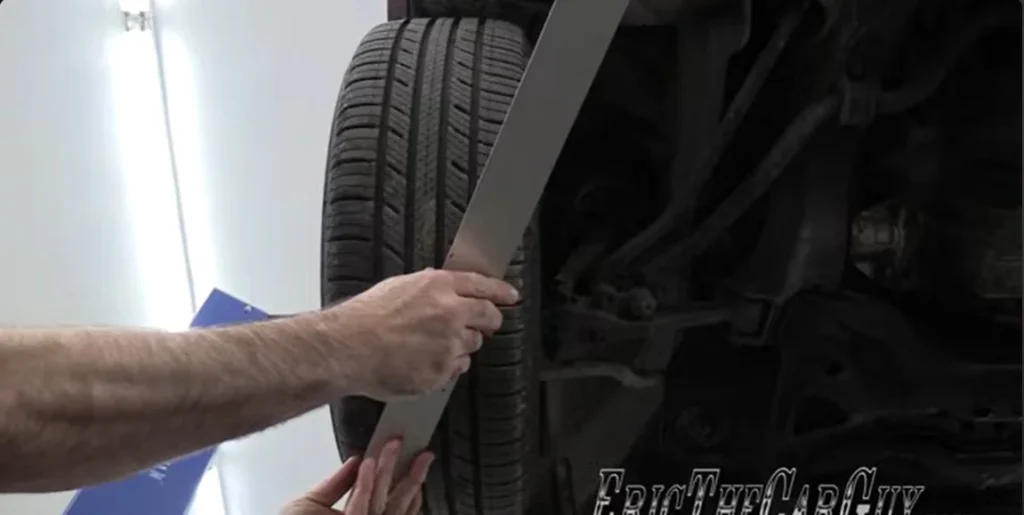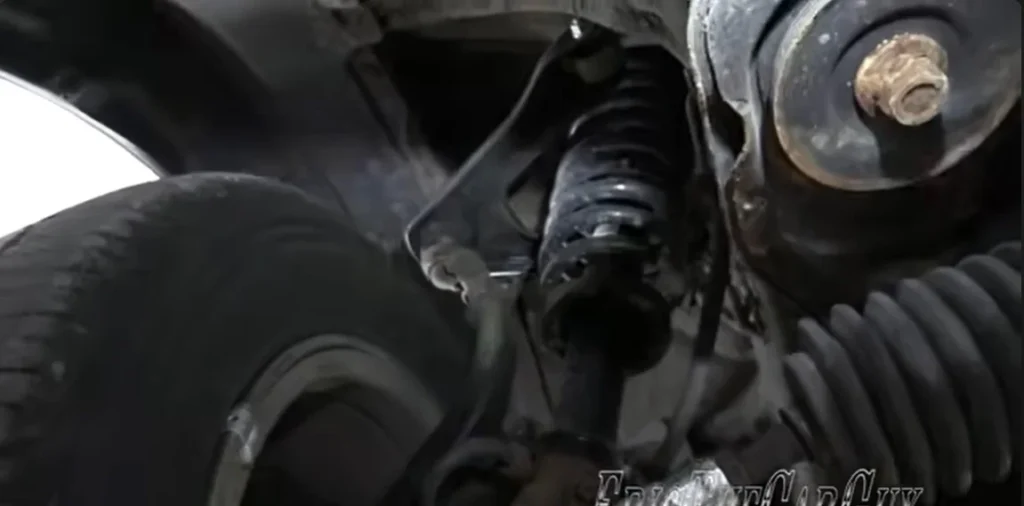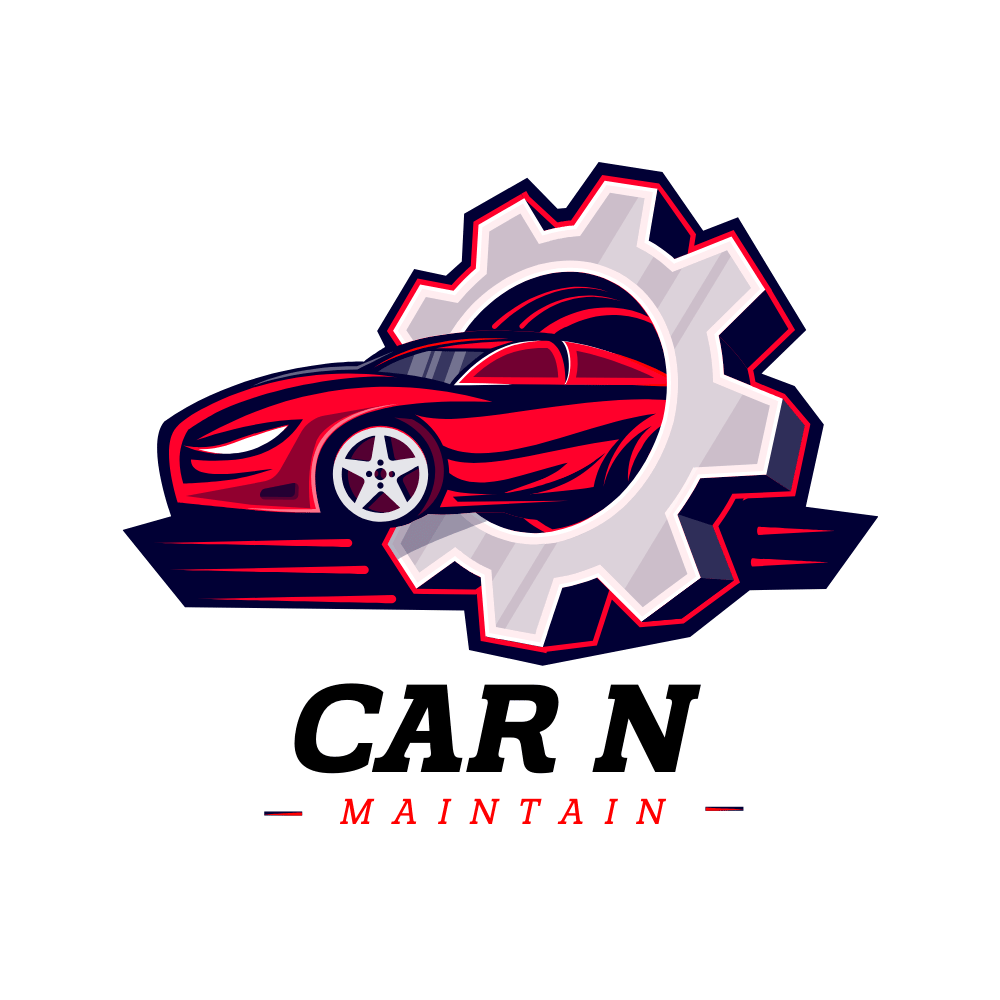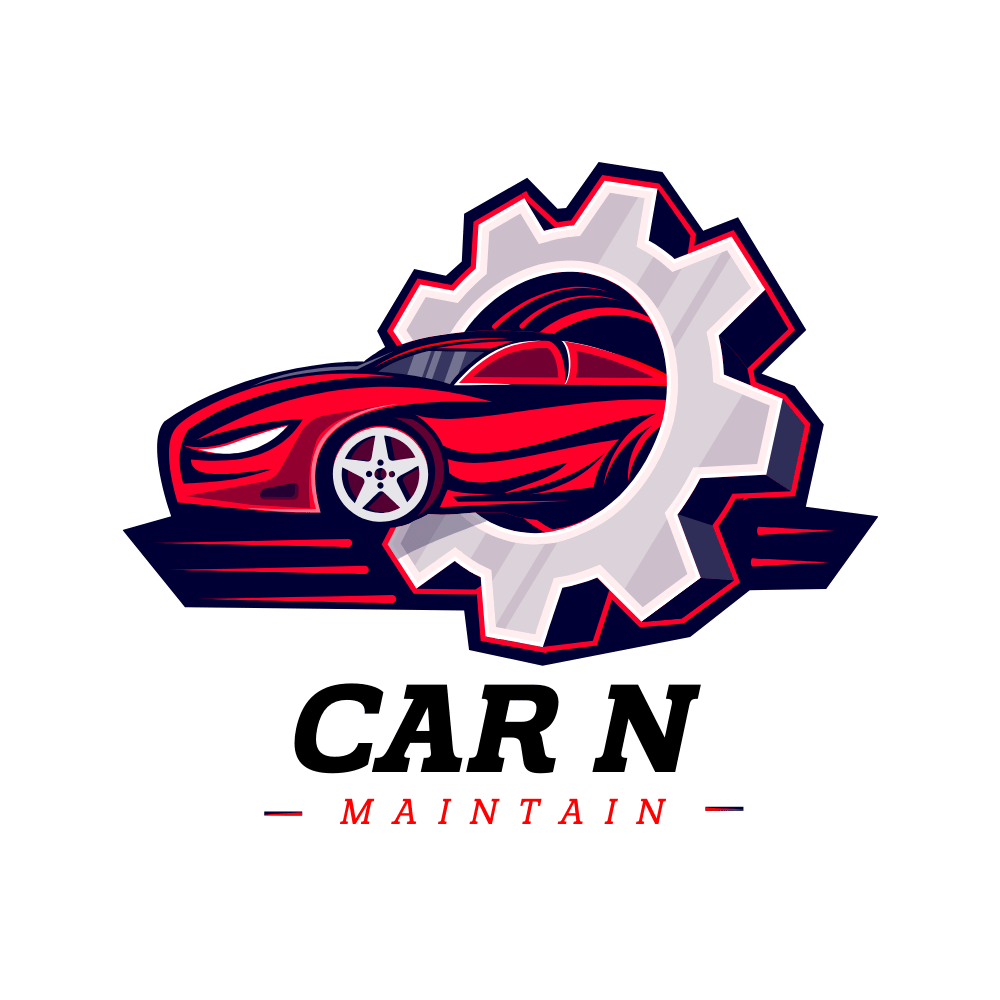Need a car tire alignment? Ensure your vehicle runs smoothly with our precise alignment services. Improve handling, safety, and tire longevity today!
Proper tire alignment is crucial for your car’s performance and safety. Misaligned tires can lead to uneven wear, reducing tire life and increasing fuel consumption. Poor alignment affects handling, making your vehicle harder to control and increasing the risk of accidents.
Regular alignment checks ensure your tires make optimal contact with the road, enhancing traction and stability. If you notice your car pulling to one side or experiencing unusual vibrations, it’s time to get your alignment checked. Keeping your tires aligned also improves fuel efficiency, saving you money in the long run. Make tire alignment a regular part of your vehicle maintenance routine.
Importance Of Tire Alignment
Proper tire alignment ensures your vehicle’s tires meet the road at the correct angle. This alignment involves adjusting the angles of the tires, which affects how they make contact with the road. Without proper alignment, your vehicle can suffer from several issues that impact its performance and safety.
Improved Vehicle Safety
A correctly aligned tire enhances the stability of your vehicle. This makes driving safer. Misaligned tires can cause the car to pull to one side. This increases the risk of accidents. Proper alignment ensures all tires are working together. This helps maintain control, especially during sudden maneuvers.
Enhanced Tire Lifespan
Proper alignment extends the lifespan of your tires. Misalignment causes uneven tire wear. This means you will need replacements sooner. When tires wear evenly, they last longer. This saves you money and ensures a smoother ride.

Common Signs Of Misalignment
Car tire alignment is crucial for safety and performance. Misalignment can cause uneven wear and steering issues. Knowing the signs can save you trouble and expense.
Uneven Tire Wear
Check your tires regularly for uneven wear. Misaligned tires wear differently. The inside or outside edges may wear out faster. Use a ruler to measure tread depth. Compare the depth at multiple points. Look for inconsistencies. These can signal alignment issues.
Steering Wheel Vibration
The vibration in the steering wheel is a clear sign. It means your tires are not aligned. The car may pull to one side. This makes driving uncomfortable and unsafe. Ensure your steering wheel is straight when moving. If not, you likely have an alignment problem.
| Sign | Description |
|---|---|
| Uneven Tire Wear | Tires wear out faster on one side |
| Steering Wheel Vibration | The steering wheel shakes while driving |
- Regularly check tire wear
- Measure tread depth
- Notice any vibrations
- Ensure steering wheel alignment
Keeping an eye on these signs can help maintain your car. It ensures a smoother, safer ride.
Impact On Fuel Efficiency
Proper car tire alignment is crucial for more than just smooth driving. It significantly impacts your vehicle’s fuel efficiency. Misaligned tires create extra resistance, making your car work harder and consume more fuel. Understanding the impact on fuel efficiency can save you money and help the environment.
Increased Fuel Consumption
Misaligned tires cause uneven tire wear. This increases rolling resistance. Your engine must work harder to keep the car moving. This extra effort leads to higher fuel consumption. Regular alignment checks can prevent this. A well-aligned car uses fuel more efficiently.
Environmental Concerns
Higher fuel consumption has a direct impact on the environment. More fuel burned means more carbon emissions. Proper tire alignment can reduce your car’s carbon footprint. It helps you contribute to a cleaner planet.
Here’s a quick summary of how tire alignment affects fuel efficiency:
| Issue | Impact |
|---|---|
| Misaligned Tires | Increased Rolling Resistance |
| Increased Rolling Resistance | Higher Fuel Consumption |
| Higher Fuel Consumption | More Carbon Emissions |
Regular tire alignment checks can save you money and help the environment. Keep your tires aligned and enjoy a smoother, more efficient ride.

How To Check Tire Alignment
Ensuring your car’s tires are properly aligned is crucial for safety and performance. Misaligned tires can cause uneven tire wear, poor handling, and decreased fuel efficiency. Knowing how to check tire alignment can save you from costly repairs and provide a smoother driving experience. Here’s a guide to help you inspect and understand your car’s tire alignment.
Visual Inspection
Start with a visual inspection of your tires. This simple method can reveal several alignment issues.
- Examine the tire tread. Look for uneven wear patterns.
- Check if the steering wheel is off-center when driving straight.
- Observe if the car pulls to one side.
- Look at the tires from the front. Ensure they are parallel.
| Issue | Possible Cause |
|---|---|
| Uneven Tread Wear | Misalignment |
| Off-Center Steering Wheel | Front Alignment Issue |
| Car Pulls to One Side | Alignment or Tire Pressure |
Professional Assessment
For an accurate diagnosis, a professional assessment is recommended. Mechanics have specialized tools to measure alignment angles precisely.
- Take your car to a certified mechanic.
- They will use an alignment machine to check camber, caster, and toe angles.
- The mechanic will compare the readings to the manufacturer’s specifications.
- They will adjust the alignment if necessary, ensuring all wheels are properly aligned.
Regularly checking your tire alignment can extend tire life and improve driving safety. Use these methods to keep your car in top condition.
Diy Alignment Tips
Maintaining your car’s alignment is crucial. Misaligned tires can lead to uneven wear, poor handling, and decreased fuel efficiency. You can perform a tire alignment at home with some basic tools and guidance. This section will provide DIY alignment tips to help you keep your vehicle in top shape.
Basic Tools Needed
Before you start, gather these basic tools:
- Jack and Jack Stands: To lift and secure your car.
- Wrench Set: For loosening and tightening nuts and bolts.
- Tape Measure: To measure distances precisely.
- Alignment Gauge: To check the alignment angles.
- Level: Ensures your car is on a flat surface.
- Marker: To mark positions on the tires.
Step-by-step Guide
- Prepare Your Car: Park on a flat surface and engage the parking brake.
- Lift the Car: Use the jack to lift the car and place it on jack stands.
- Check Tire Pressure: Ensure all tires are inflated to the recommended pressure.
- Measure Toe Alignment: Use the tape measure to check the distance between the front and back of the tires. Adjust if necessary.
- Adjust Camber: Use the alignment gauge to check the camber angle. Adjust using the wrench set.
- Set Caster: Check the caster angle using the alignment gauge. Adjust with the wrench set if needed.
- Recheck Measurements: Double-check all angles and distances to ensure proper alignment.
- Lower the Car: Carefully lower the car back to the ground using the jack.
- Test Drive: Take a short drive to ensure your car handles correctly.

When To Seek Professional Help
Knowing when to seek professional help for car tire alignment can save you money and ensure your safety. Recognizing the signs early can prevent further damage to your vehicle.
Recurring Issues
If you notice your car pulling to one side frequently, you need professional help. Recurring steering problems indicate misalignment. It’s not always easy to fix alignment at home. A professional can diagnose and correct the issue properly.
Another sign is uneven tire wear. If you see one tire wearing out faster, your alignment is off. This issue demands immediate attention from a professional. Ignoring it can lead to more costly repairs.
Complex Problems
Sometimes alignment issues are more complex. If your car shakes or vibrates, it could be an alignment problem. This needs professional diagnosis. They have the tools and expertise to find the exact cause.
Steering wheel issues are another sign. If it’s off-center when driving straight, get help. This is a sign of a deeper alignment problem. A professional can realign your tires accurately.
Don’t ignore dashboard warnings. Modern cars have sensors that indicate alignment problems. If you see a warning light, seek professional help immediately. They can use diagnostic tools to fix the problem.
| Sign | Action Needed |
|---|---|
| A car pulls to one side | Seek professional help |
| Uneven tire wear | Professional alignment |
| Shaking or vibrating | Get a professional diagnosis |
| Off-center steering wheel | Professional realignment |
| Dashboard warnings | Immediate professional help |
Preventive Maintenance
Preventive Maintenance is crucial for keeping your car in optimal condition. Regular tire alignments are a key part of this. Properly aligned tires ensure a smooth, safe ride. They also extend the life of your tires. Below, we dive into how regular inspections and proper tire care can help.
Regular Inspections
Regular inspections can catch tire alignment issues early. This saves you money in the long run. During an inspection, look for uneven tire wear. This is a common sign of misalignment. You can also check the steering wheel. If it vibrates or pulls, your alignment may be off.
Here is a simple checklist for inspections:
- Check tire tread depth
- Look for uneven wear patterns
- Inspect tire pressure
- Observe steering wheel behavior
Proper Tire Care
Proper tire care goes hand-in-hand with regular inspections. Keeping your tires inflated to the correct pressure is crucial. Over-inflated or under-inflated tires can cause alignment issues. Rotate your tires every 5,000 to 7,000 miles. This ensures even wear and extends tire life.
Consider the following tire care tips:
- Check tire pressure monthly
- Rotate tires every 5,000-7,000 miles
- Balance tires regularly
- Keep an eye on tread wear indicators
By focusing on preventive maintenance, you can avoid costly repairs. Regular inspections and proper tire care are simple steps. These steps ensure your car runs smoothly and safely.

Need a Car Tire Alignment
Cost Benefits Of Proper Alignment
Proper alignment of your car tires saves you money. It helps avoid costly repairs and ensures long-term savings. Keeping your tires aligned improves fuel efficiency. This simple maintenance step offers significant financial benefits.
Avoiding Expensive Repairs
Proper alignment prevents uneven tire wear. Uneven wear leads to frequent tire replacements. Replacing tires often is costly. Aligned tires reduce the strain on your car’s suspension system. This reduces the risk of suspension damage. Suspension repairs can be very expensive.
Aligned tires also protect your car’s steering system. Misalignment affects steering precision. This can damage steering components. Repairing or replacing these parts is costly. Keep your tires aligned and avoid these expenses.
Long-term Savings
Proper alignment extends the life of your tires. This means you buy new tires less often. Aligned tires improve fuel efficiency. This means you spend less on gas. Over time, these savings add up.
Maintaining proper alignment also saves you on major repairs. It reduces the wear and tear on your car. This keeps your car in better condition for longer. Investing in alignment now saves you big in the future.
| Benefit | Cost Savings |
|---|---|
| Less Tire Wear | Save on frequent tire replacements |
| Better Fuel Efficiency | Reduce fuel expenses |
| Reduced Suspension Damage | Save on costly suspension repairs |
| Extended Vehicle Life | Avoid major future repairs |

You Need a Car Tire Alignment
Frequently Asked Questions
How Can I Tell If I Need An Alignment?
Uneven tire wear and the car pulling to one side are common signs.
What Causes Car Tires To Become Misaligned?
Hitting potholes, curbs, or experiencing accidents can misalign your tires.
How Often Should Tire Alignment Be Checked?
Check alignment every 6,000 miles or during regular maintenance.
Can Poor Alignment Affect Fuel Efficiency?
Yes, misaligned tires can increase resistance, reducing fuel efficiency.
Are There Any Noises Associated With Misalignment?
Yes, you may hear unusual squealing or squeaking from the tires.
Is It Safe To Drive With Misaligned Tires?
No, it can cause uneven tire wear and affect vehicle handling.
Conclusion
Recognizing the signs of misaligned tires can enhance your driving experience. Regular alignment checks ensure safety and prolong tire life. Ignoring these signs can lead to costly repairs. Prioritize tire maintenance for smooth, safe journeys. Keep your vehicle in top condition and enjoy a better driving performance.












Leave a Reply